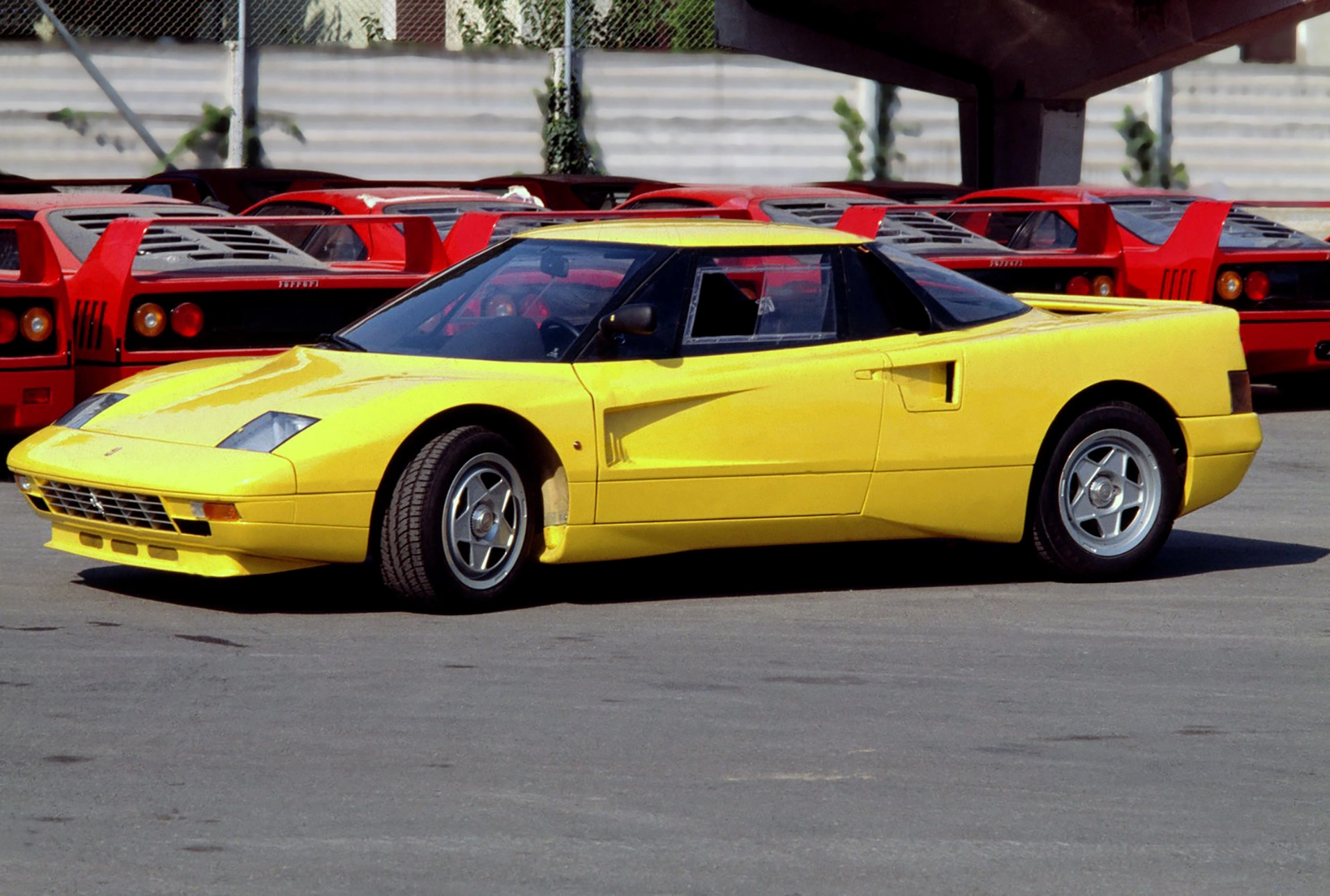Ferrari’s Technological Innovations Part 14: From Track to Road
18 January 2025 5 min read 4 images

Photo credit: Ferrari, Wheelsage
A unique feature of Ferrari is its ability to draw advanced technical solutions from racing for its road cars. This trait is rarely seen when major manufacturers enter high-level competition, where a separate racing department often handles projects. At Maranello, however, the boundary is almost non-existent, with continuous exchanges, even in both directions.
Register to unlock this article
Signing up is free and gives you access to hundreds of articles and additional benefits. See what’s included in your free membership. See what's included in your free membership.
Already have an account? Log In


